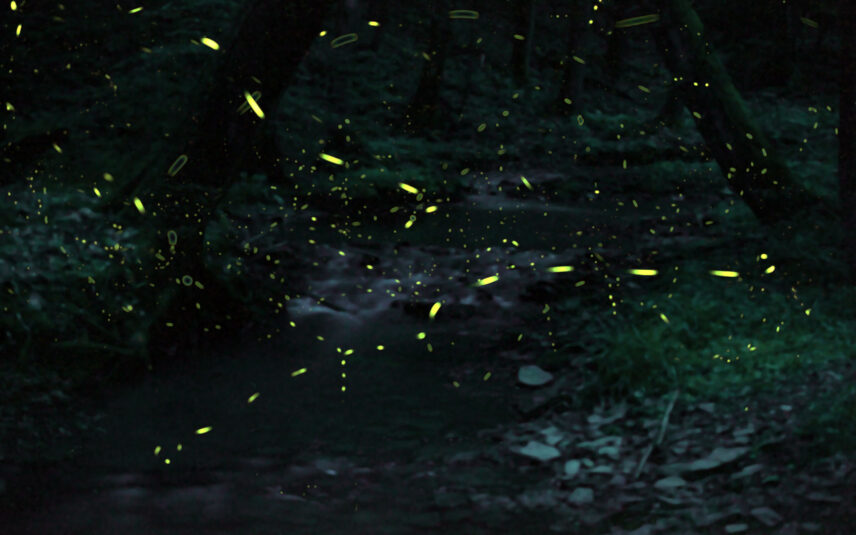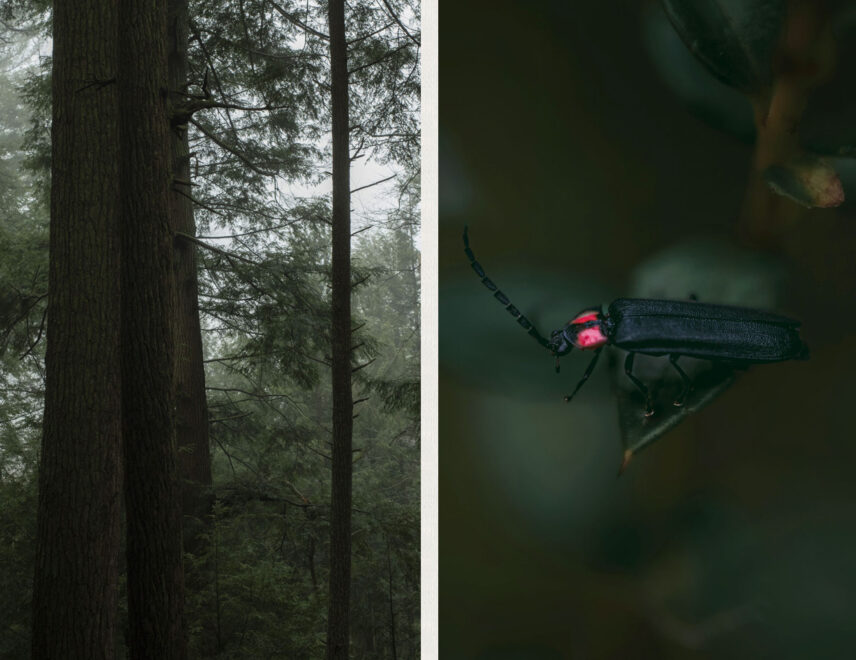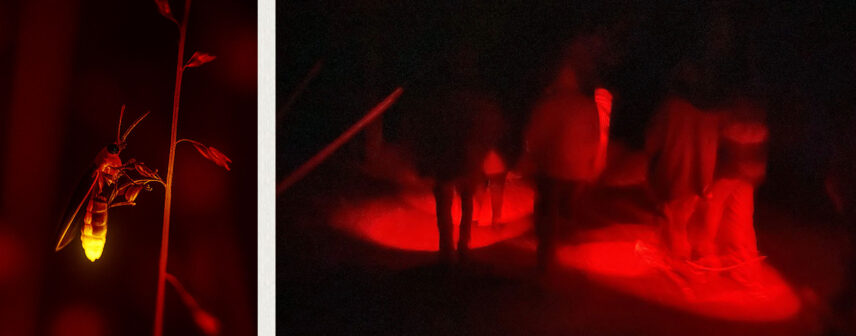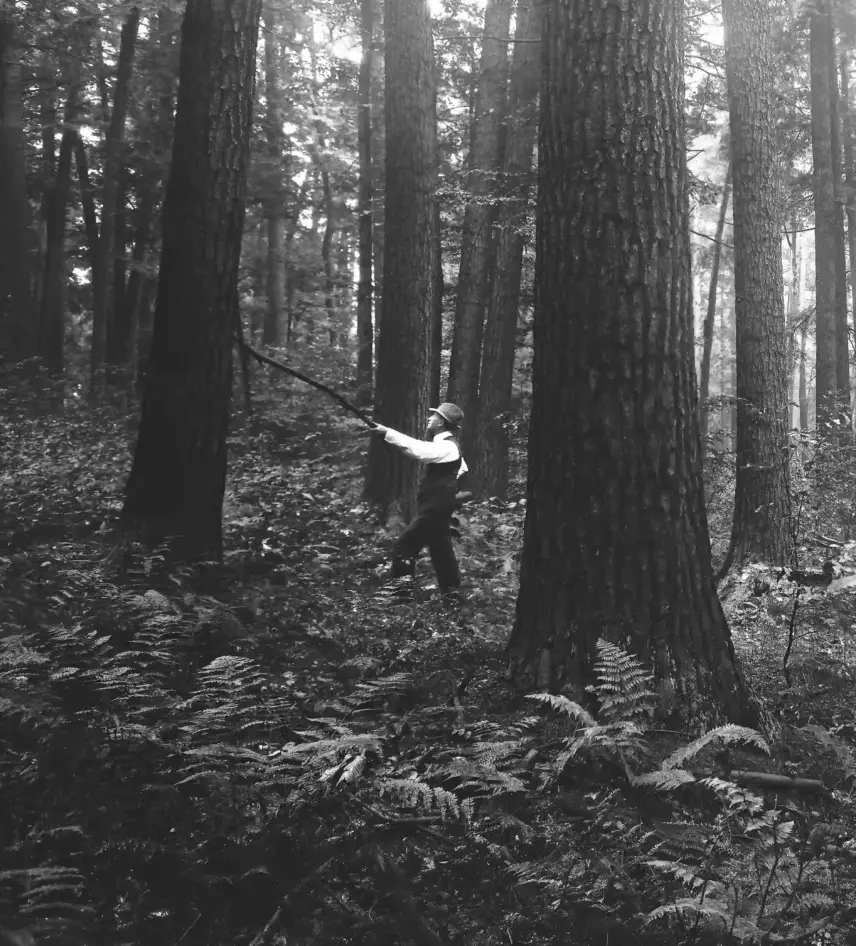Experience the Magical Glow of Fireflies Near Cook Forest State Park

Every summer, as dusk settles over Cook Forest State Park—spanning Forest, Clarion, and Jefferson Counties in the Pennsylvania Wilds—a breathtaking natural spectacle unfolds. Tiny glowing fireflies light up the ancient old-growth forests, enchanting visitors with their delicate, twinkling dance beneath the towering white pines and eastern hemlocks. Whether you’re a nature lover, photographer, or family seeking a unique summer adventure, firefly viewing in the Pennsylvania Wilds is a must-do experience.
Why Fireflies Near Cook Forest Are Truly Special
Cook Forest is home to the iconic Forest Cathedral, a National Natural Landmark famous for its towering, pristine trees—the perfect habitat for various firefly species. Unlike the rare synchronous fireflies (Photinus carolinus) found in nearby Allegheny National Forest and celebrated during the annual PA Firefly Festival, the fireflies at Cook Forest display asynchronous flashing. This creates a mesmerizing twinkling effect throughout the forest, turning nighttime hikes and river walks into magical encounters. Learn more about the fascinating world of fireflies from the IUCN Firefly Specialist Group.

The Life and Light of Fireflies: Nature’s Nighttime Beacons
Fireflies spend up to two years living underground as larvae in moist soil and decaying wood before emerging briefly as glowing adults each summer. During their short adult phase, they use unique light patterns to communicate and find mates. Male fireflies typically fly and signal with light pulses, while females respond from the safety of plants or leaf litter.
Understanding their lifecycle helps visitors appreciate the delicate balance needed to protect these magical creatures.
When and Where to See Fireflies in the Pennsylvania Wilds
Best Time to Visit:
Firefly season typically peaks from late June through the second week of July, when warm summer evenings create the perfect conditions for these glowing insects to emerge. Plan to head out around dusk, roughly 8 to 9 PM, when the light show begins and continues for a couple of hours before fading into the night.
For best practices in preserving firefly habitats and enjoying nature responsibly, visit Leave No Trace and follow their seven principles.

Expert Viewing Tips:
- Bring a red-filter flashlight or use a phone app that filters light to red, as fireflies are less disturbed by red light.
- Allow your eyes to fully adjust to the dark before searching for fireflies—this can take 15-20 minutes.
- Walk slowly and quietly to avoid startling these delicate creatures.
- Never catch or handle fireflies, as this disrupts their mating and harms local populations.
- Stay on designated trails to protect the habitat and avoid stepping on resting fireflies.
For best practices in preserving firefly habitats and enjoying nature responsibly, visit Leave No Trace and follow their seven principles.
Protecting Fireflies: How You Can Help
Fireflies are key indicators of ecosystem health, signaling clean environments free from pollution. However, their populations face threats from habitat destruction, pesticide use, and light pollution. Here’s how you can make a difference:
- Turn off unnecessary outdoor lighting during firefly season.
- Avoid pesticides and herbicides in your gardens.
- Follow designated trails and avoid trampling on leaf litter or vegetation.
- Support local firefly conservation programs and education initiatives.
At Gateway Lodge, we are committed to sustainable tourism and firefly-friendly practices to help preserve this natural wonder.
Frequently Asked Questions About Fireflies Near Cook Forest State Park
When is the best time to see fireflies near Cook Forest?
The prime firefly viewing season is late June through early July, just after dusk. Fireflies are most active during warm, calm evenings.
Are synchronous fireflies found at Cook Forest State Park?
No, synchronous fireflies like Photinus carolinus are primarily found in the Allegheny National Forest nearby, famous for their unique flashing pattern. Cook Forest features asynchronous fireflies that create a beautiful twinkling display.
What should I bring for a firefly viewing hike?
Bring a red-filter flashlight or headlamp to avoid disturbing fireflies, insect repellent, comfortable shoes, and water. Avoid bright white lights and stay on marked trails.
How can I protect fireflies while visiting?
Respect fireflies by minimizing light pollution, staying on trails, not handling the insects, and avoiding loud noises or habitat disturbance. Supporting local conservation efforts helps protect these species for future generations.
Where can I stay near Cook Forest for the best firefly experience?
Gateway Lodge, located just minutes from Cook Forest, offers cozy cabins and lodge rooms perfect for nature lovers looking to explore the park and enjoy firefly season.
Your Firefly Getaway Starts Here
After a magical evening watching fireflies, retreat to the comfort of Gateway Lodge, located just minutes from Cook Forest State Park and the Forest Cathedral trailhead. Our cozy cabins and lodge rooms blend rustic charm with modern amenities, providing a serene escape in the heart of the Pennsylvania Wilds.
Check out our accommodations and special nature getaway packages designed for outdoor enthusiasts and families alike.
